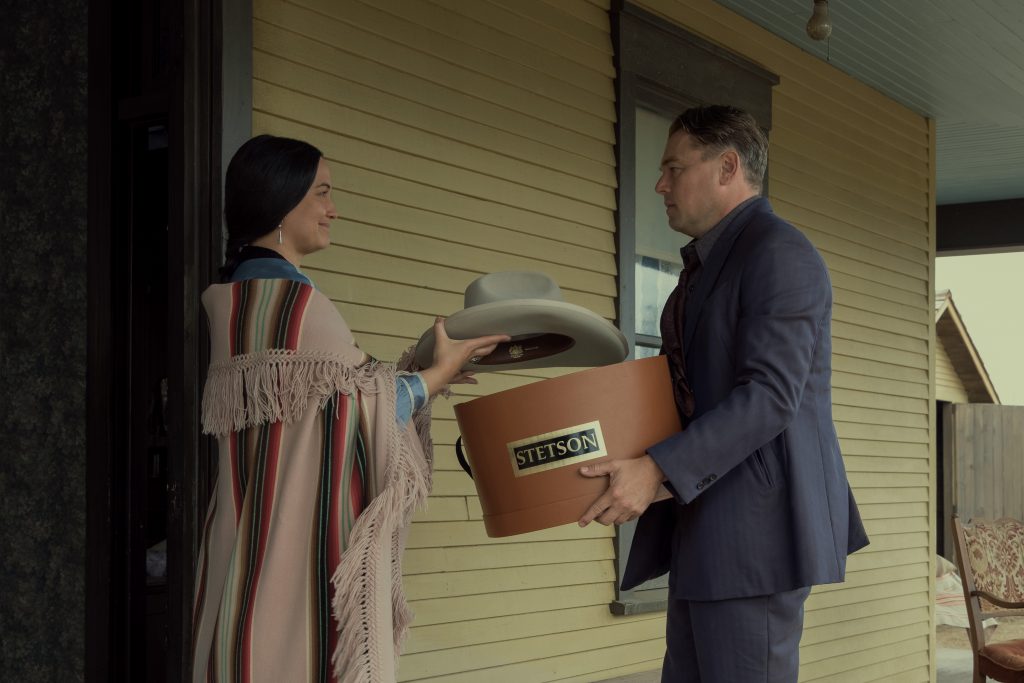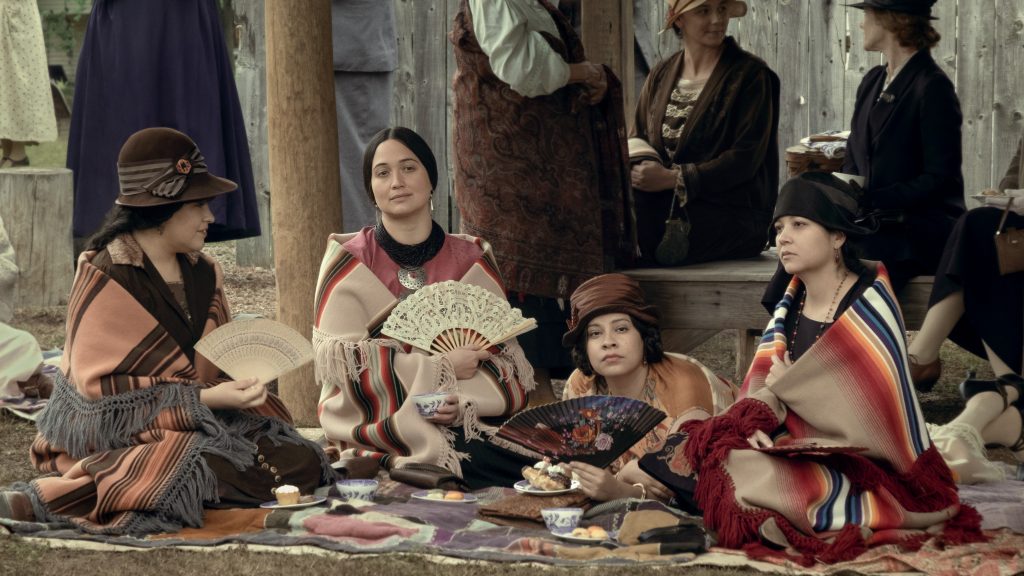
Throughout his lengthy and impressive career, Martin Scorsese has brought to life many memorable and mesmerizing characters. Among them are Travis Bickle, Jake LaMotta, William Cutting, Howard Hughes, and Jordan Belfort, played by actors Robert De Niro, Daniel Day-Lewis, and Leonardo DiCaprio, three of his regular on-screen collaborators. But just as key to the legendary filmmaker’s characters studies as his leads are the numerous background players who populate the story, including those whose first appearances are also their last.
The art of a character introduction involves conveying to an audience why it is that they should care about a particular figure. If they’re the central element of a film, then it’s important that the story begins at precisely the right point, often at the start of whatever journey they will take or years later looking back on what they’ve accomplished or lost. Growing with that protagonist is crucial to engaging any audience, and feeling as if this is a shared experience, where the successes and failures of an onscreen character should be felt and internalized by those watching.
Yet there are also those who don’t play nearly as direct a part in the action but whose mention is still necessary. Scorsese’s focus on the mob in many of his films therefore features a number of hits, where a high-ranking player in a criminal organization is summarily executed. That moment serves to propel the story forward and to indicate either a rise in tensions or the establishment of a new world order. Someone who shows up onscreen only to take a bullet through the head seconds later shouldn’t be given an undue spotlight since audiences will surely not need to remember who they are.
Through his half-century-long partnership with editor Thelma Schoonmaker, who has won Oscars for cutting Raging Bull, The Aviator, and The Departed, Scorsese has perfected the mob hit montage. Previously unseen figures are introduced either visually or with voiceover assistance right before they meet their ends, and this often happens in rapid succession. But it never feels rushed or extraneous, and instead indicates the way things work and the changing tides, with no opportunity to get to know those people or even remember their names, unless of course their demise will result in unfortunate retribution later on for whoever pulled the trigger or gave the order to do so.

In Killers of the Flower Moon, this tactic is adapted slightly due to the lack of a clear mafia element at its start. Mollie, played by the incredible Lily Gladstone, runs through the Osage people in the community who have been found mysteriously dead and the lack of any ensuing investigation. There’s an added layer of seriousness and melancholy in this instance since it’s clear that these are all innocents, and the color of their skin is what causes the legal system to look the other way. Those fleeting flashes of the departed are poignant and heartbreaking, and set a tone for the rest of the film as its white protagonists repeatedly use their privilege and power to keep others down.
Scorsese and Schoonmaker take just as much care to bring in a new figure midway through their latest film, which runs well over three hours. Jesse Plemons, who previously appeared in The Irishman, arrives in Oklahoma as an agent of the Bureau of Investigation, which will later become today’s FBI. Tom White is the first sign that something might actually be accomplished in the fight for the Osage to have their dead honored and the killers held accountable. His first scene and subsequent appearances are subtle and deliberate, purposely holding back any excitement or intensity that something will happen speedily and instead showing the uphill battle he’ll need to fight that could take a considerable amount of time.
Scorsese is an esteemed filmmaker who most actors would jump at the chance to work with, and as a result, this film, like his previous works, features a few big names whose roles amount to little more than cameos. As casting directors Ellen Lewis and Rene Haynes stated, Brendan Fraser and John Lithgow, who portray the defense and prosecution, respectively, in the case eventually brought by the federal government against the perpetrators of these killings, were indeed keen to work with Scorsese. Both simply enter the frame and do their arguing, with little fanfare from the camera but surely more enthusiasm from audiences surprised and delighted to see them.
Killers of the Flower Moon is not Scorsese’s longest film, but it does come close. Though it doesn’t begin with the childhood of either Ernest or Mollie Burkhart, it still feels like a comprehensive and immersive look at their lives and of the era in which they lived. It’s carefully constructed to entice audiences and ensure that they remain firmly grounded in this film’s world.
Killers of the Flower Moon is now playing in theaters.





